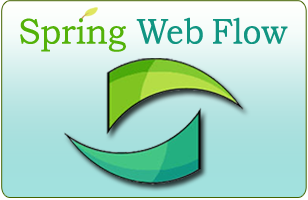Get ahead
VMware offers training and certification to turbo-charge your progress.
Learn more

Spring Web Flow is a next generation Java web application controller framework that allows developers to model user actions as high-level modules called flows that are runnable in any environment. The framework delivers improved productivity and testability while providing a strong solution to enforcing navigation rules and managing application state.

If you're looking for in-depth and thorough coverage of the entire Spring Web Flow feature set, your best bet is to read Working with Spring Web Flow.